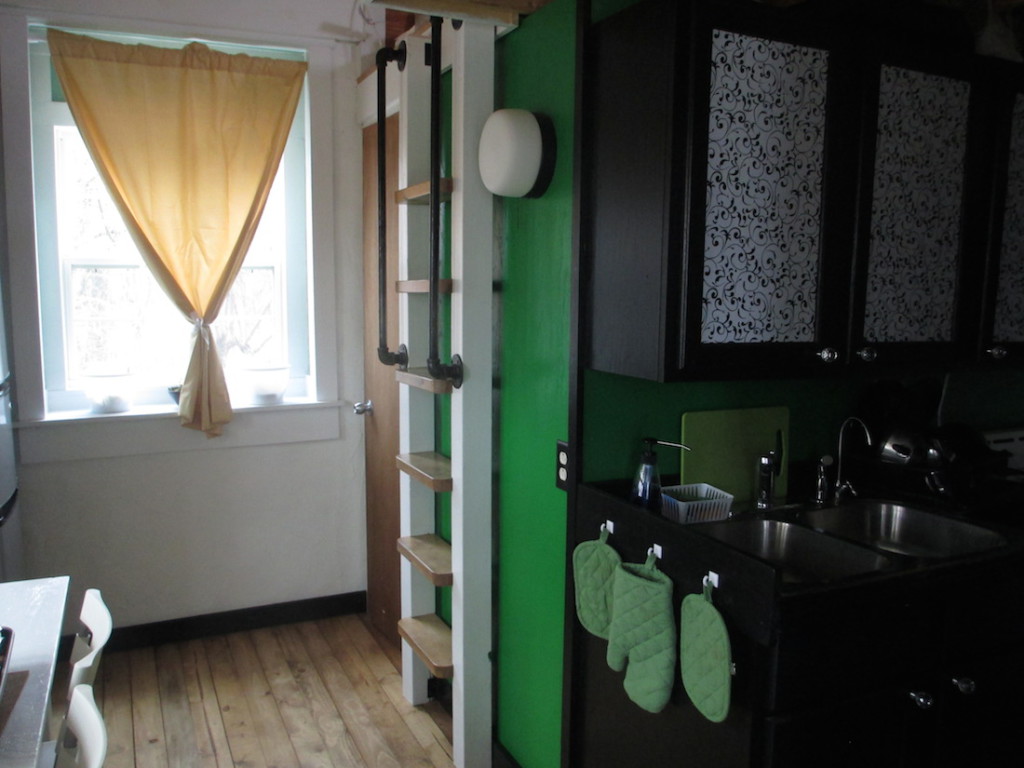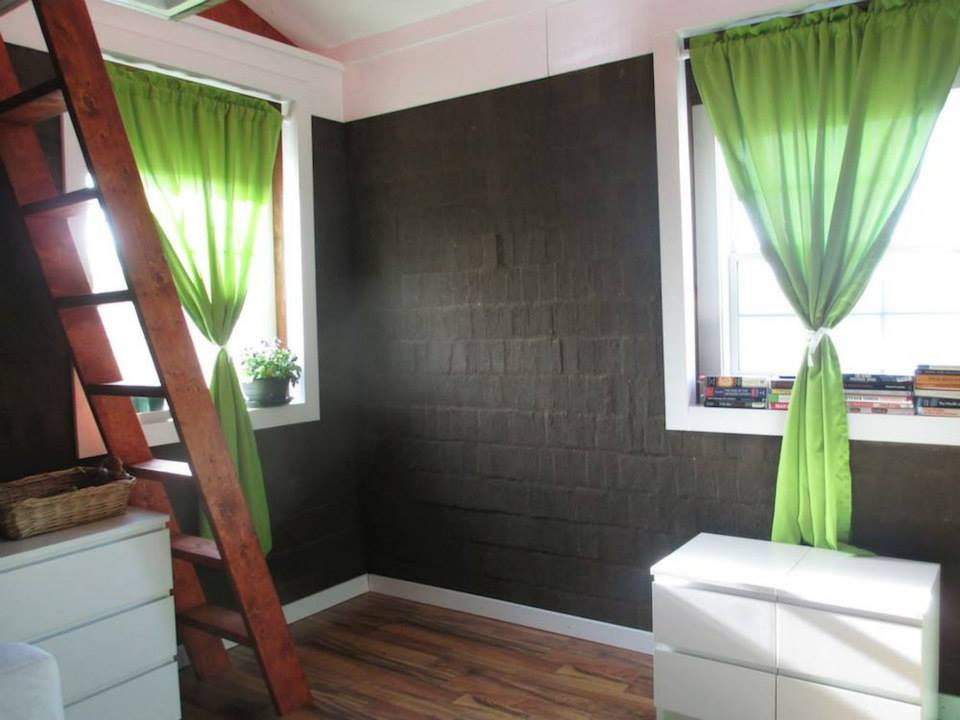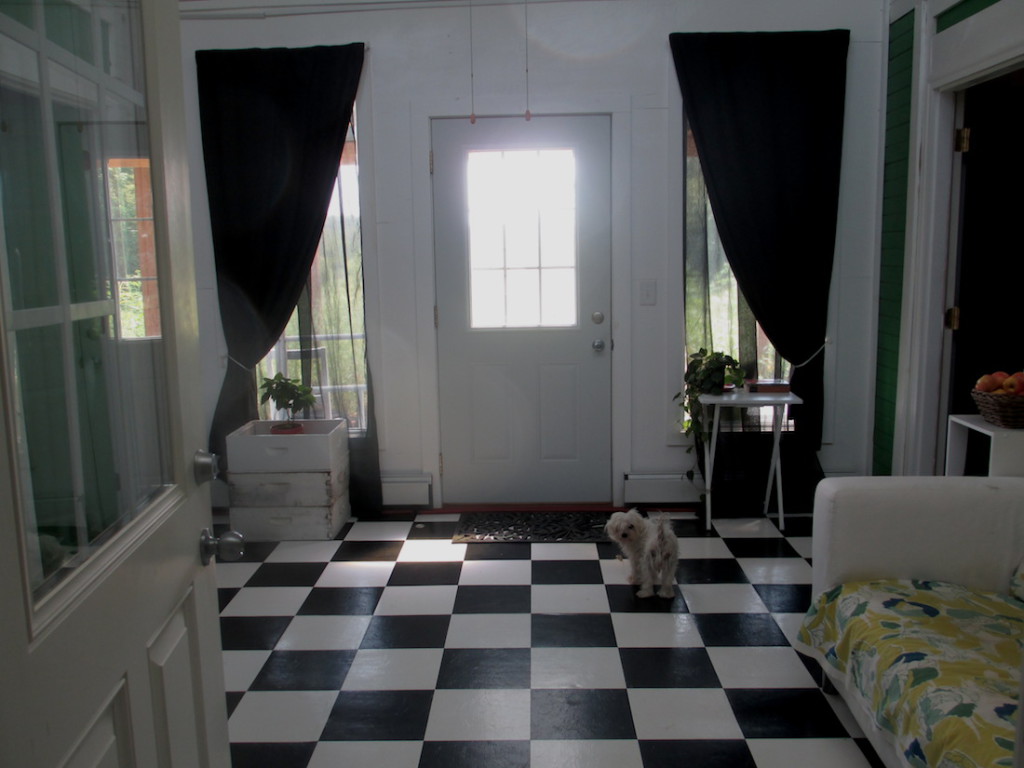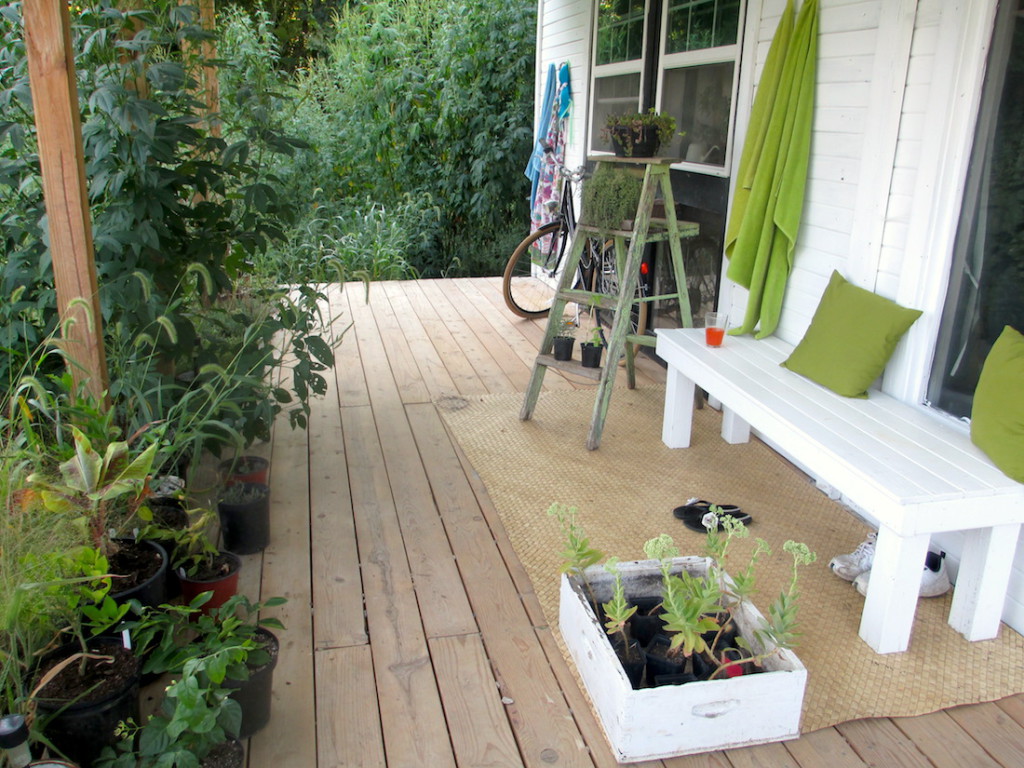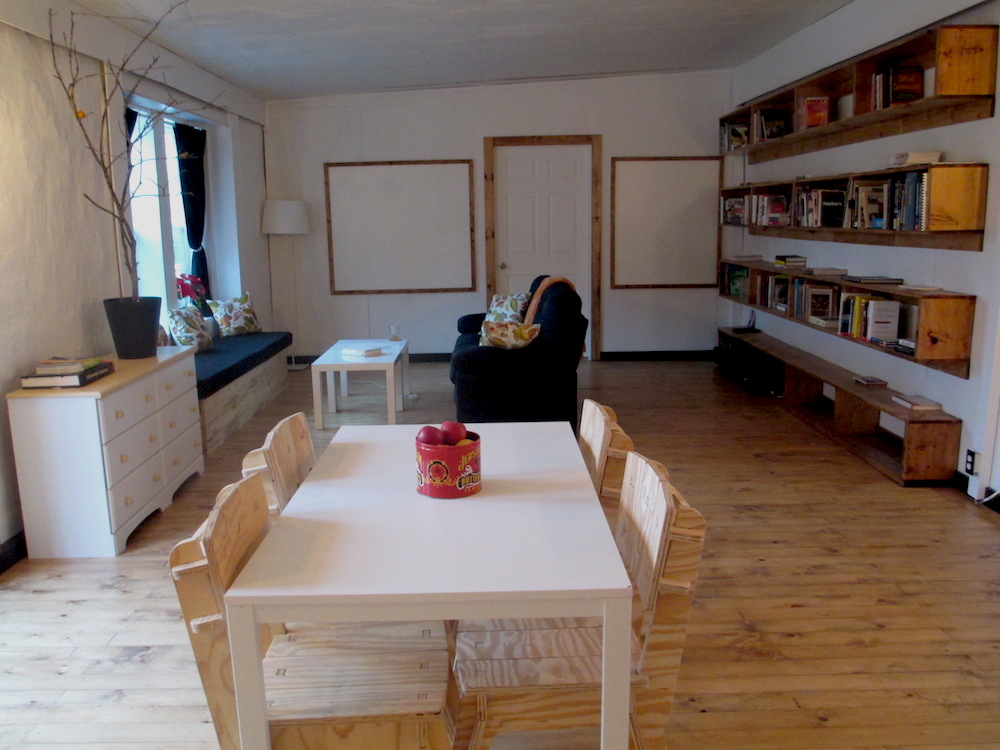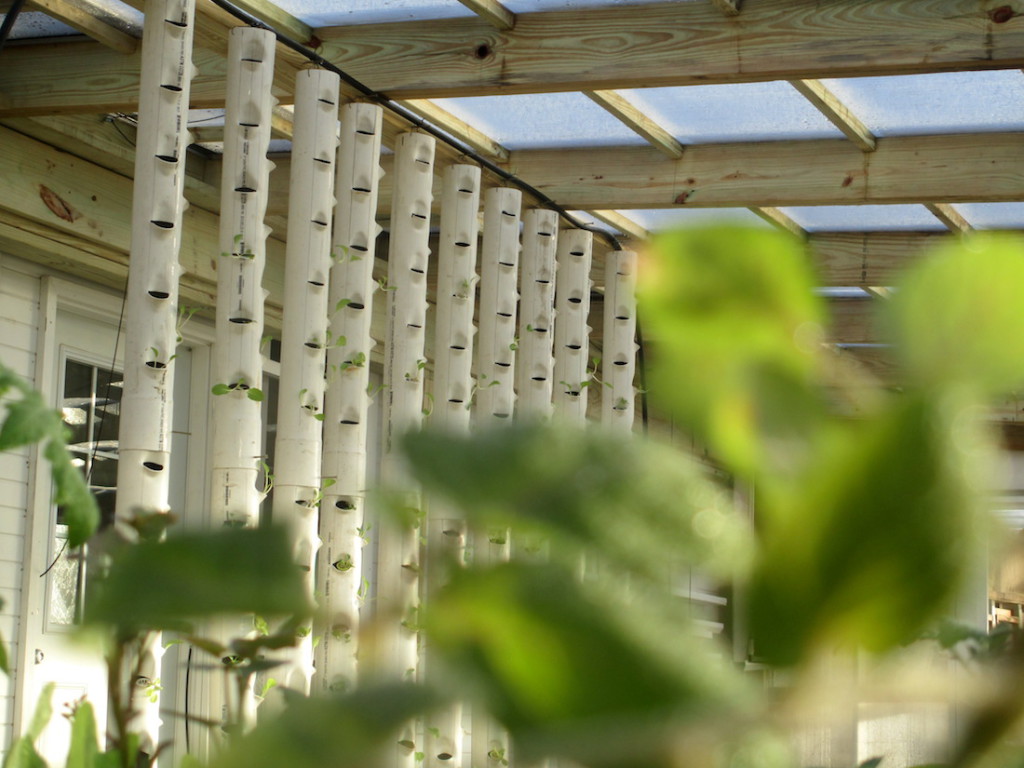the house
We develop open source, modular, affordable, and DIY house designs and build processes.
The kitchen
The first prototype was designed by Chris Reinhart and built on October 2013. It began as a microhouse, a 12 foot by 12 foot structure with a small kitchen, a bathroom and a loft. Its walls are made from compressed earth blocks pressed with Open Source Ecology’s CEB Press. The basic structure was built during a 5-day workshop and the interiors finished over the course of 3 months. This was our home for a few months, while we worked on subsequent additions, and eventually became the kitchen.
The bedroom
In April 2014, we added another 12 ft by 12 ft CEB module, also with a loft. Chris Reinhart designed and led the build workshop for this addition. The soil we removed to grade the site and build the foundation was then used to make the earth blocks for the walls. We literally built a house from the dirt beneath our feet.
The mud room
A few weeks later, in May, we added the mud room – a connecting space between the first two modules – and a porch on the south side.
The porch
The porch’s roof is made of clear plastic sheets, to allow light and heat in the winter, and is lined with shade cloth in the summer.
The library
In late September of 2014, we added our largest CEB module to date: a 51 ft by 15 ft space that includes a library/workspace, an office, a (more spacious) bathroom, and an utility room. This module was designed online by a team of volunteers led by Marcin Jakubowski and Jonathan Kocurek and its basic structure (walls and roof) was built during a 5-day workshop. The interior was finished by Marcin and Catarina, with the help of friends (thank you Betsy Arant, Alex Korenfeld, Florian Rabis, Randy Peterson, Gary Kanak, and Chris Chou), between October and December 2015.
This latest module reflected several learnings from the previous builds. We learned that the traditional firewood stove we were using doesn’t quite work: the air was either too hot or too cold, and almost always smoky. We learned that, due to the CEBs high thermal mass, it is possible to avoid using an A/C in the summer as long as we are able to cool the house at night and reduce the heat coming through the windows during the day. And we learned that we’re constantly making changes, improving and experimenting – therefore we needed a hackable house.
To address the matter of heating in the winter we focused on sunlight and a more comfortable form of firewood heating. Plenty of large windows on all rooms, as well as windows on every exterior door, provide sunlight and heat in the autumn and winter. The clear roof of the porch further contributes to passive solar heating on the south side, as it’s usually a few degrees warmer than outside temperature. Since our mid-western winters are sunny but very cold, passive solar was not enough. For this reason, our main form of heating is a hydronic wood stove connected to a DIY heated floor. The cost of materials for Marcin’s open source, DIY control panel is a fraction of the commercially available ones. The heated wood floor provides an extremely comfortable, even form of heating. Its energy source – wood – is entirely local and renewable: it comes from our forest.
In order to keep the house cooler in the summer, we placed the windows and doors symmetrically so cross drafts cool the house at night, lined the porch roof with shade cloth, and installed thermal curtains on every window. With this approach, combined with the high thermal mass of CEBs, we don’t need to run the A/C unless the outside temperature is above 90 F.
The make the house hackable, we focused on keeping all systems accessible. Rather than pouring concrete over the hydronic heated floor water lines, we buried them in sand. If there is a leak in the system, all we need to do is lift some floor boards to repair it. The electric lines are not embedded in the walls, they run along the ceiling edge, inside an easily accessible channel. And the water lines run along the edge of the rooms, in a channel under the floor. If there is a leak or if we wish to add another valve, we can just lift the boards and make the necessary repairs or changes.
The attached greenhouse
In the Fall of 2015 we added an 832 sq. ft aquaponic greenhouse to the south side of the house. It features two 32 x 3 ft heated fish ponds and a separate room for chickens and rabbits.

